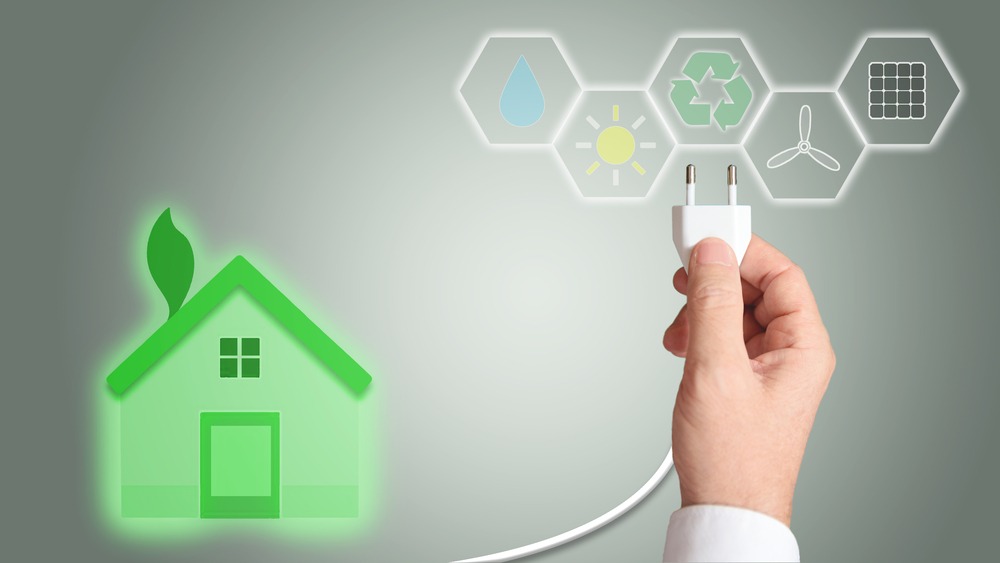Table of Content
Blanket insulation, which comes in batts or rolls, is typical in new home construction. So is loose-fill and blown-in insulation, which is made of fiberglass, cellulose, or mineral wool particles. Another insulation option, liquid foam, can be sprayed, foamed in place, injected, or poured. While it costs more than traditional batt insulation, liquid foam has twice the R-value per inch and can fill the smallest cavities, creating an effective air barrier. The national average to wire a new home can be anywhere from $2,500 to $4,000, and the electrical rough-in cost is around $3,000 to $8,000 for a 1,000-square-foot house. Note that HVAC ducts and plumbing are usually installed before wiring because it’s easier to run wires around pipes and ducts than vice versa.

You CAN hire an interior designer to help with decision-making, and this can significantly decrease your stress and overwhelm. It is best to work with a local designer who can be on-site and has an understanding of local building codes. Building a home will likely be one of the largest projects you ever take on. I know this from first-hand experience, and I’m making it easier for you by sharing my 8 CRUCIAL tips for your first-time home build below. Plumbing permit – If any plumbing work is set to be done during the construction project, you must obtain a plumbing permit.
Pour the Concrete Slab
There are a few steps involved in getting started, but we’re here to help make the process as smooth as possible. With a stunning selection of home designs and a commitment to customer experience, you can trust us to bring your vision to life. Typically, you will need to pay a deposit when you first sign the contract, and then make additional payments as the building progresses. Once the building is completed, you will then be able to move in and start enjoying your new home.
That’s why we’ve created this guide of the most common building mistakes you should avoid as a first-time home builder. This is arguably one of the best parts of being a first-time home builder! Finding the right home design to suit your lifestyle and envisioning the completed project is so exciting, and you have plenty of options to choose from.
Here's how Kumon franchises are adapting to the times for greater success
Once you’ve decided on a number, you can then figure out how much you’ll need to save. This may be possible, but you aren’t likely to find a builder who will agree to this. By downloading our guide, you can also look forward to receiving our New Home 101 short email series.
However, if you are keener in the house’s finishings and kind of appliances, opt for less square footage and channel the extra money to the finishings. This process will ensure that you stay on track with your budget. When you are planning to build your first home, you should really plan to allocate half to two-thirds of what you can actually afford towards building it. No house comes in at or under budget, and sometimes quite a bit over. This results from a variety of factors, some of which may be due to your upgrading specifications, fixtures or materials as you go along.
Step 27: Cabinets and vanities are installed
Cellulose insulation is used in existing and enclosed walls, or new open cavities in the wall. This insulation can be used in unfinished attic floors and other hard to reach places. This type of insulation can be poured, but is usually blown into place using special equipment. The average cost of cellulose insulation is between $1.00 to $1.50 per square foot. You can find and buy land on your own, but it’s a lot easier to let your builder look for a lot. Not only will your builder have experience in buying lots, but they understand the process and know how to save you time and money.
How open you want your house to be depends on your taste and lifestyle. Individual rooms give a more classic feel, while open concept homes are more modern. Please contact us with questions, projects, and general inquiries via the form below. Website to see a wide variety of energy-saving building products and appliances that you can use in your home.
Choose Your Home Design
You should think about installing cabinets and bathrooms next to the fireplace in your home. Mirrors can be found throughout a home, including in the bathroom, as well as in closets and other spaces. The advantages of building a home include a lower cost of repairs in the future. The median price for a new single-family home is $334,500 in the United States. A new construction project is typically larger, with a median square footage of 2,594. In older homes, there is more wear and tear, which means that certain things may need to be updated more frequently.

One of the biggest decisions when it comes to buying a house is deciding on your budget and the necessary deposit to obtain a home loan. Having a budget in mind will also help to manage your expectations and avoid overspending on extras that you might not necessarily need, such as an additional bathroom or living area. Building your first home is an exciting and rewarding experience that ensures you end up with a home that fits your unique vision. But it can also be a daunting task, especially if you’re not sure where to start. If you choose to build your home on your own, you can certainly select your own, hand-picked team of contractors. However, if you choose to use an established builder, you agree to use that builder’s preferred contractors.
You will also need to pay for the construction materials and labor. The cost of the materials will depend on the size and type of house you are building. The cost of labor will depend on the number of workers you need and the number of hours they work. The cost of building your own home will vary greatly depending on its size, but it will usually be more expensive than buying one. According to HomeAdvisor, the average cost of building a new home ranges between $100 and $200 per square foot.

Along with bathroom fixtures, mirrors are hung in the bathroom and other spaces, including walk-in closets, bedrooms, and workout rooms . After the electrical work is finished, light fixtures, outlets, and switches are hooked up. At this stage, the walls will be painted, and it’ll start feeling a little more like your home. The sheathing for the roof is generally done when the exterior sheathing is attached to the walls. Once the HVAC and electrical work are complete, an inspector will come out and make sure these systems work properly and are completed to code. The HVAC technician will come in to install ductwork throughout the house.
Energy consumption for heating in new homes built after 2000 is 21% lower than for older homes. As a result of older construction, windows and appliances are more expensive. It is a risky investment in the construction of new homes in newer neighborhoods, particularly those with a high concentration of young professionals. Painting — It takes more effort to paint the entire house than to paint one or two rooms, but this is a great step to take on yourself to save money. There are several factors that go into building costs, such as labor availability, size of the home, material costs, energy efficiency, and location. The U.S. Census Bureau estimates that the national average cost for a new home in 2021 was $390,500.

Remember, your home is likely to be the biggest investment you'll ever make, so planning and doing it right the first time is the way to assured satisfaction in the final result. Declaring herself as inexperienced in the area, Liz shares her story of navigating building the home of her dreams with the help of Brighton. Single mother Liz is incredibly proud to show her kids that the sky is the limit and that you can do whatever you set your mind to. There is a wide range of financial help given to first-time builders including Queensland Government Grants. Researching the different grants available and if you are eligible can be confusing and difficult, so we have taken all the leg work out of it for you.
What is a House and Land Package?
So, if you’re looking at a house that costs $595,000, you’ll need a deposit of at least $29,750. However, it’s always worth trying to save as much as possible for your deposit, as this will make it easier to get approved for a mortgage and get a better interest rate. With a 20% deposit, you’ll be able to avoid paying lenders’ mortgage insurance , which can add a considerable const when building your first home. You may also want to hire an interior designer who can help with the finishes once the framing and structural elements are in place.

No comments:
Post a Comment